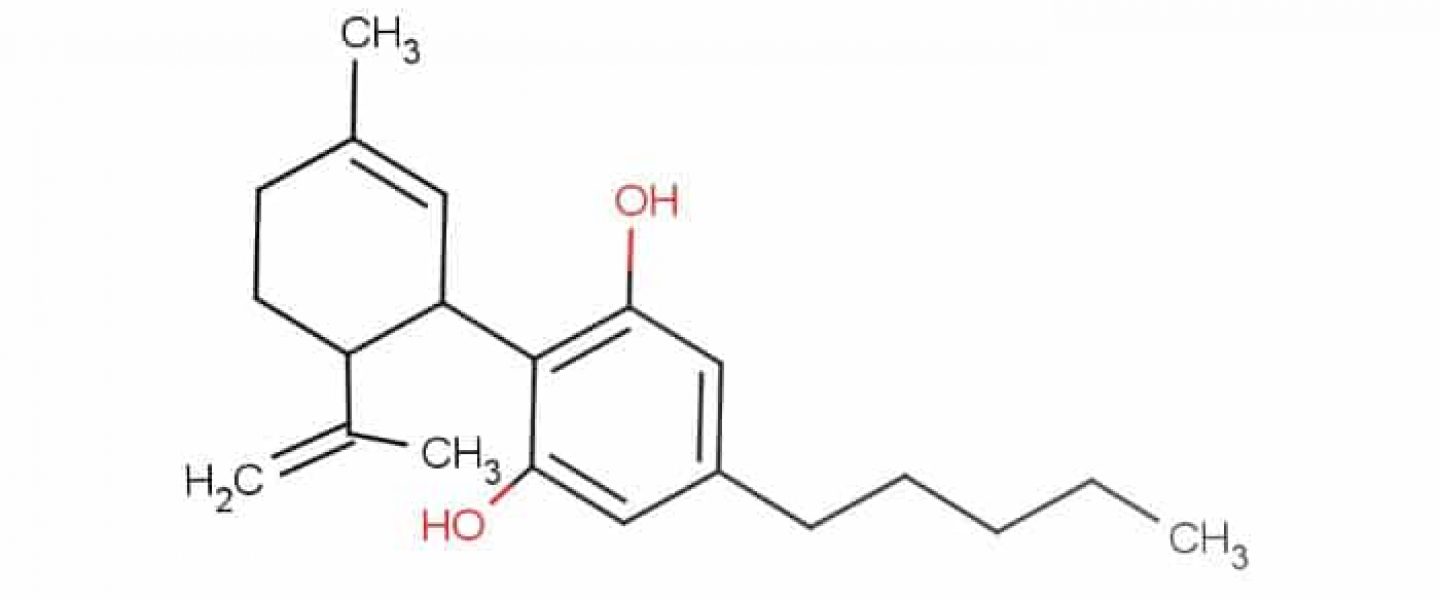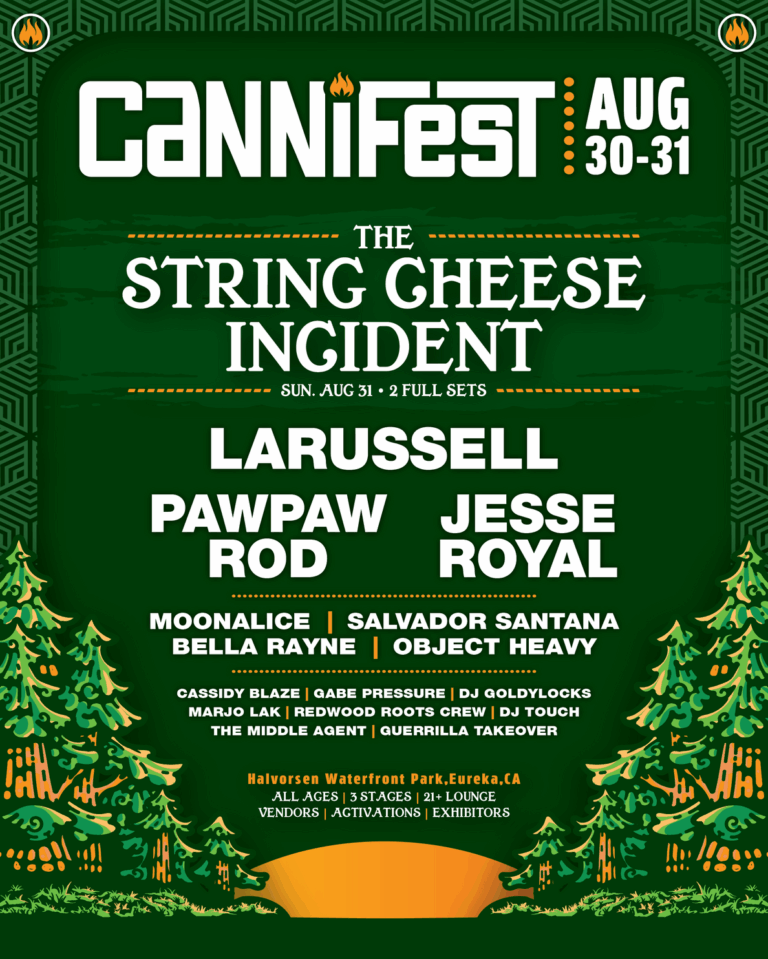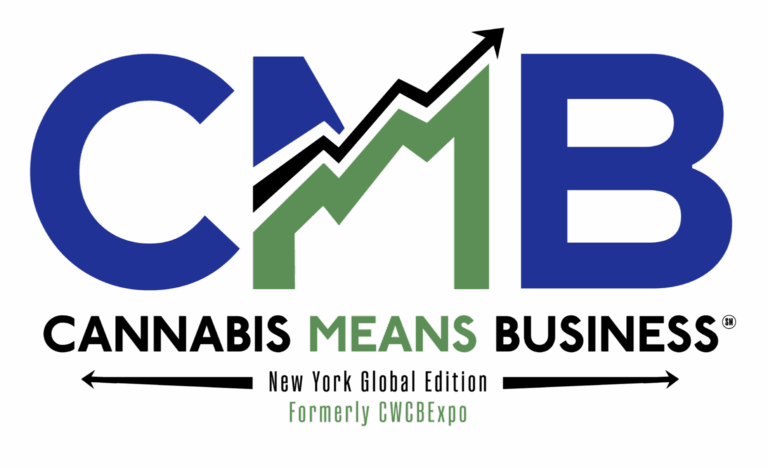We’ve been noticing article after article about recent changes within the DEA’s classification of CBD. It seems making sense of a new move by the DEA to place a tracking code on CBD has many online sources confused.
We’ll admit, even we were scratching our heads trying to make sense of the purpose and motives of these moves. So we did some digging to see how exactly this change would affect the cannabis industry and medicinal cannabis-using patients.
To clarify what’s going on, earlier this month the DEA published changes to the internal code system that would directly specify CBD or “Marihuana Extract” as “Meaning an extract containing one or more cannabinoids that has been derived from any plant of the genus Cannabis, other than the separated resin (whether crude or purified) obtained from the plant.” The DEA did propose this change in 2011, however, the case has just now been closed on the matter, bringing rise to more questions.
CBD varies from THC, the psychoactive property of cannabis, in that it has been found to aid in my medical conditions like epilepsy, glaucoma and more. Cannabinoids derived from hemp are used in CBD products, like oils and balms.
Related: What is the Difference Between THC and CBD?
“Once again, the federal government has shown that it has not caught up with modern science,” Nate Bradley, executive director of the California Cannabis Industry Association, told Westword. “It’s common knowledge that CBD has numerous medical uses, including curbing the effects of epilepsy and reducing muscle inflammation from injuries. To deny that shows a complete disregard for the facts.”
Why would the DEA need this classification and what does it mean?
According to an interview with VICE News, DEA spokesperson Russel Bair stated, “It’s an internal accounting mechanism for us. The purpose is to drill down and get more accurate information about research that’s being conducted with CBD in particular.”
When researchers apply for a license to work with marijuana, they have to submit a request form. Apparently, the DEA found no problems with making this internal numerical change. They even blatantly responded to a question during one of the hearing regarding the substance, with quite a roundabout answer that never clarifies the question surrounding medicinal CBD: “For practical purposes, all extracts that contain CBD will also contain at least small amounts of other cannabinoids. However, if it were possible to produce from the cannabis plant an extract that contained only CBD and no other cannabinoids, such an extract would fall within the new drug code 7350.”
If CBD was just included in marijuana classification as a Schedule 1 drug, then the DEA just changed the law. And that is what has many people in the marijuana industry talking.
According to Forbes, “Ultimately, the DEA can’t create new laws, they can only enforce existing laws created by Congress. However, by making an administrative change, like updating codes, they can then include a product that hadn’t been defined or included before.”
By applying CBD it’s own code, many people fear that the DEA has just directly specified CBD as a Schedule 1 drug. According the Hemp Industries Association (HIA), in order for CBD to directly make it onto the Schedule 1 list, it must be voted in by congress. “Producers of products made with CBD are fighting back,” Medical Marijuana, Inc. CEO Dr. Stuart Titus said, “The ninth circuit court of appeals has conclusively held that hemp products such as those marketed by the company which are derived from the part of the cannabis plant, which is exempt from the controlled substances act is legal for import from Europe.” The organization sites the court case HIA vs DEA from 2004.
Marijuana Times put it the confusion behind this best:
“This new code effectively puts an end to the legal grey area that has allowed companies to sell CBD products that are derived from hemp plants, rather than medical marijuana plants. Since hemp products with less than 1% THC are legal (hemp oil, cloth, lotions, etc.), many companies started to sell CBD products all across the U.S. under the assumption that it was legal if the CBD was extracted from hemp – but this law clarifies that, making any and all extracts from cannabis plants (no matter how little THC they may contain) specifically Schedule I.”
Yet the new coding system has some people in the marijuana and hemp industries very concerned, especially with the appointment of Jeff Sessions to the position of U.S. Attorney General.
“We’re hearing a lot from our consumers asking us what this new CBD rule and Attorney General nomination means for us and for them. The answer is simply that not much has changed because of this, yet. We will have to wait and see what the new Executive Branch and President does. But what we’ve seen so far is that this incoming administration is not guided by science or reason,” states Nathan Howard, CEO for East Fork Cultivars, an OLCC licensed cannabis farm in southern Oregon that specializes in CBD strains.
Despite the clear research findings and established benefits of Cannabidiol (CBD), and the fact that it doesn’t get consumers high, the DEA will continue to list it as a Schedule I controlled substance. That’s what this administrative rule tells Americans. Schedule I is a category reserved for drugs with “a high potential for abuse” and “no currently accepted medical use.” This is all so illogical. This new rule is confusing for first time consumers of high-CBD cannabis and it’s confusing for experienced consumers and patients.”
Some organizations like Americans for Safe Access are event calling for the DEA to clarify the new code changes.
For now, it appears that the decision to continue to move towards tightening the restraints on CBD will move into the hands of the next administration. TWB will remain on-watch for developing information.







